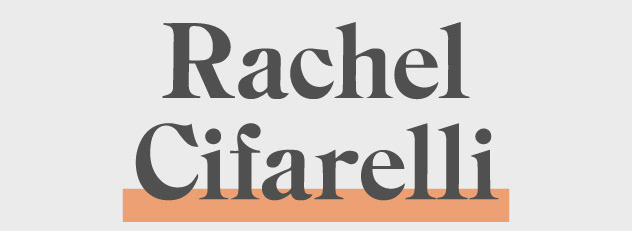THE PROBLEM
I find that more often than not, people are consumed with a lot of apprehension and trepidation when it comes to being more environmentally-friendly. Most people don’t realize how easy it can be, but I wanted to change that. I created this poster series, Go Sustainable, to reflect the many easy ways to be more sustainable in everyday life.
THE SOLUTION
This series is meant to catch your attention and pull you in. I chose to use such bright colors to differentiate it from the traditional messages that encompass the climate change movement. Bright purples, greens and yellows are not what you usually see in the climate discussion, but these colors are meant to give the audience a sense of urgency. The usual facile conversation around climate is far behind us; we need to be in a constant state of action and give this topic the attention it deserves.
THOUGHT PROCESS
I chose to feature three ways of being more sustainable that were simple yet effective, and that any person could do. To give the piece a bit more weight, I added small informational tidbits that gave the audience more context of why that action is so beneficial to the environment.
If there’s one thing I’ve learned around climate change communication, it’s to not bombard the audience with endless facts. Instead, it’s important to only sprinkle a few points in there, and to choose facts that are easily digestible. The goal for this poster series was not to make the reader feel attacked or bombarded; rather, I wanted to plant a seed, pushing the audience to consider their everyday actions and think about how they can change those actions for the better.
OUTCOME
I’m really happy with these posters and the way they came out, and they have received a lot of recognition. In summer of 2020, the Innovation Center for Design Excellence held an environmental graphics competition, and my posters won the gold medal! This was my first ever award as a designer and was a huge milestone in my career. I’m incredibly proud of these posters and hope they continue to challenge modern perceptions of sustainability.
